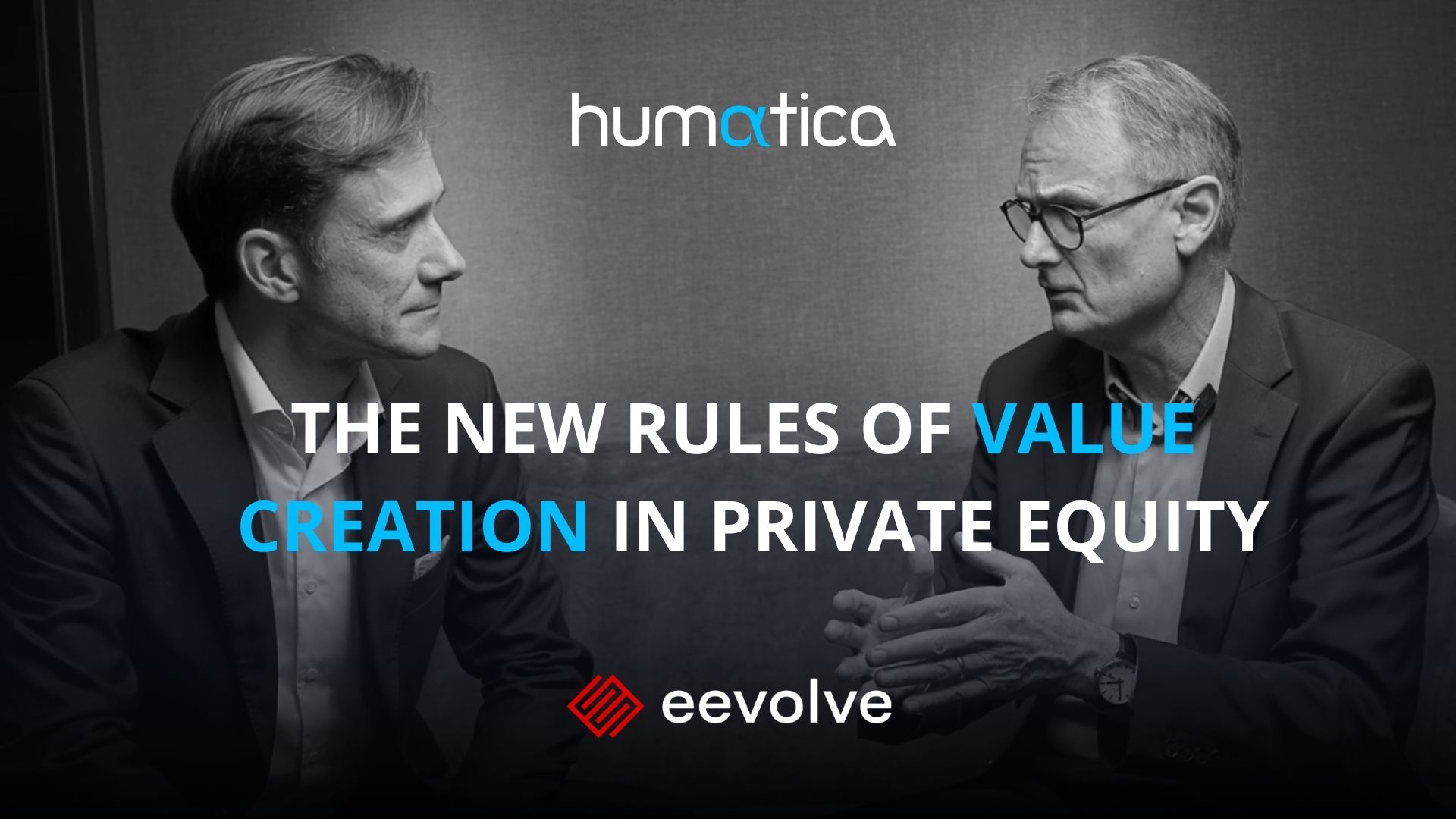
Defining the post-merger operating model is an essential step after a bolt-on acquisition including what functions and activities should be merged, and which should not.
The fundamental economic drivers which guide decisions are 1) cost reduction through scale effects, 2) increased effectiveness of activities with a steep learning (experience) curve and 3) efficient interfaces that ensure clear accountability. High-performing Buy & Build roll-ups rapidly integrate non-customer-facing, scale-driven activities like production, procurement, logistics. They also integrate areas with large experience curve benefits such as R&D, Sales & Marketing, After Sales and Customer Support.
In particular with Sales & Marketing, synergy potential needs to be balanced with the required level of autonomy and value of specialization. Too hasty consolidation risks disrupting the customer interface, with potentially devastating consequences. According to Humatica Partner, Andros Payne, “The front-end functions are the most tricky to merge. Differences in offerings, target customers and sales channels, and the value of personal relationships, all need to be taken into account.”
A best-practice case in point is Gilde’s transformational acquisition of Ironridge, EcoFasten and Quick Mount PV, three of the largest US solar panel mounting suppliers, as part of their ESDEC Solar Group international roll-up. Each of the acquisitions had a different go-to-market – direct, indirect through distributors, and a mix. In order to merge Sales & Marketing functions without creating channel conflict, the go-to-market operating model was refined, with carefully aligned brands and selected product offers by segment.
Customer-facing parts of Ironridge and Quick Mount PV were merged to build a larger distributor-only go-to-market function, while EcoFasten’s go-to-market was kept separate to focus on large direct-sales customers with dedicated products and brands. According to Stijn Vos, CEO of ESDEC Solar Group, “The merged go-to-market operating model worked well because it delivered a clear positioning for each brand and product for each customer segment.”
However, one size does not fit all. Each case needs to be evaluated on its individual merits to determine the economic risks and benefits of merging, versus the costs of creating new interfaces or potentially jeopardizing accountability. There is rarely a textbook answer driven mechanically by empirical data. It’s one reason why competent managers and subject-matter-experts from both organizations need to be involved to make the tough judgement calls on the merged go-to-market model based on their intimate understanding of the business and experience. Management participation also creates alignment and enthusiasm to strengthening collaboration. According to Vos, “Having leaders from the merging companies involved in defining the future org set-up really helped to create excitement in the management team, and later cascade this excitement to our employees.”
Gilde Buy Out Partners and ESDEC Solar Group also leveraged best-practices by verifying that the new go-to-market organization would work with channel partners and end customers before implementation. In-depth, 3rd party interviews were conducted prior to “go-live”, to verify that the new operating model would fly, before sales teams were merged. This had the desired effect. According to Vos, “There was no channel conflict or disruption to the customer interface after implementation. We grew sales above plan during the merger”.
Integrating Sales & Marketing organisations is the most difficult aspect of a Buy & Build merger. However, with the right collaborative approach and facilitation, PE sponsors can activate Sales organisations and unleash top-line synergies.
Click here to read the 4th article on how to get the soft-factors right.
Thanks to Andros Payne and Louis de Guyenro for authoring this article. Louis’s master thesis on Buy & Builds at École polytechnique fédérale de Lausanne (EPFL) in collaboration with ESDEC and Gilde Buy Out Partners has laid the foundation for this article series.

In today’s private equity landscape, the classic levers of value creation are no longer enough. As markets evolve and competition intensifies, governance is emerging…
Read more
Measuring organizational performance is difficult, especially in a way that is both systematic and genuinely useful for decision-making. In a recent Alpha Talks conversation, Ueli…
Read more
Unpacking the root causes behind underperformance and how to resolve them It’s a familiar scene: Over dinner, a client lamenting inconsistent results across their portfolio…
Read moreErhalten Sie jeden Monat Neuigkeiten und wertvolle Perspektiven zu Themen der organisatorischen Effektivität